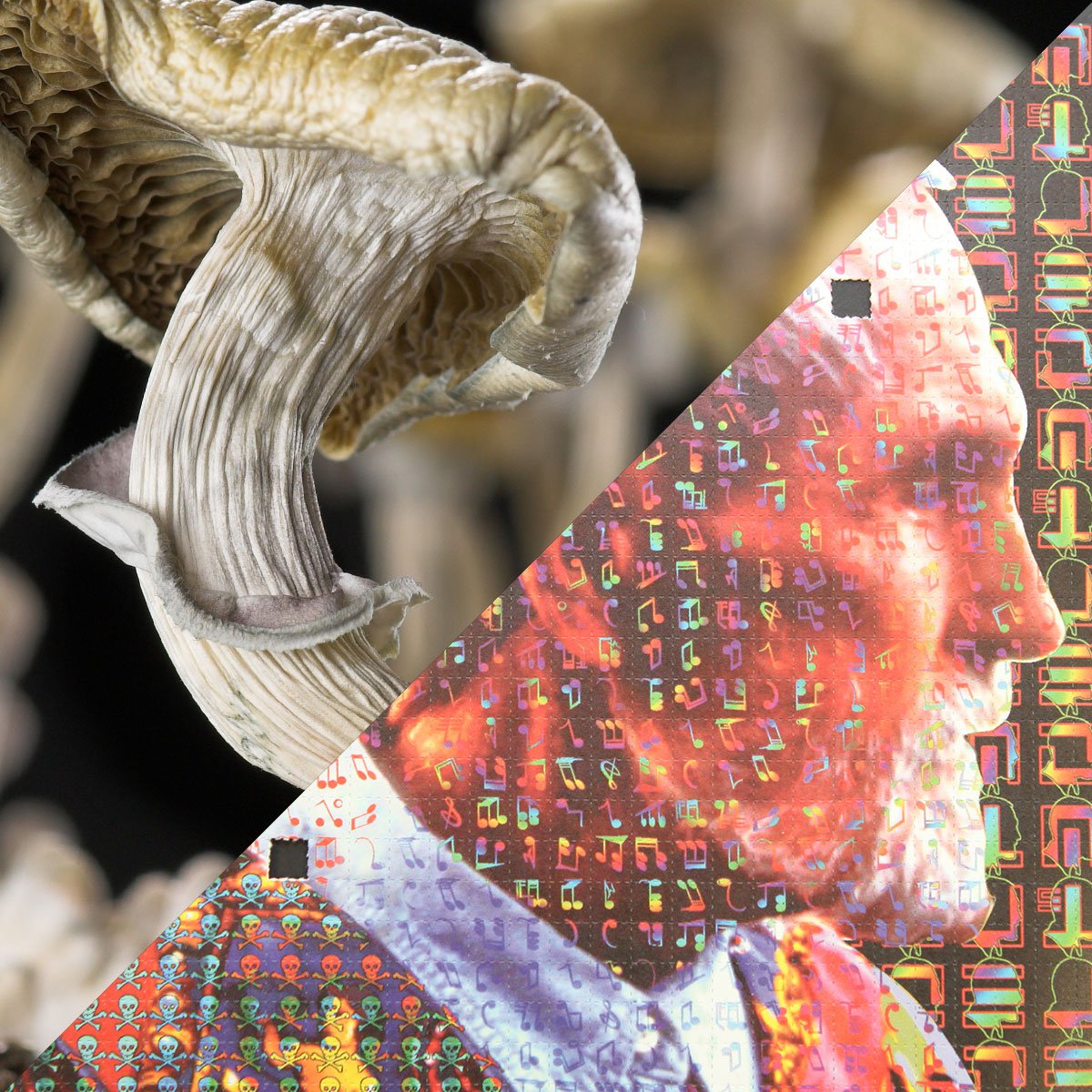All Concerning Psychotomimetic Compounds: Their Duty in Psychological Research Study
Psychotomimetic compounds, such as LSD and psilocybin, have actually garnered boosting passion in emotional research for their capacity to reproduce psychotic symptoms and supply insight into various psychological wellness problems. Their communications within the mind, especially via serotonin and dopamine paths, suggest a complex connection between awareness and neurobiology that may open novel therapeutic avenues. As scientists continue to examine their prospective applications, moral factors to consider bordering their use in medical settings end up being paramount, elevating important concerns about security and educated consent that call for additional exploration.
Meaning of Psychotomimetic Compounds
In the world of emotional research study, psychotomimetic compounds are materials that can generate impacts resembling those of psychosis, such as hallucinations, misconceptions, and modified perceptions of truth - About Golden Psycho. These compounds can be identified right into different classifications, including hallucinogens, dissociatives, and certain stimulants, each producing distinct psychological impacts
The pharmacological activity of psychotomimetic substances often entails inflection of neurotransmitter systems, particularly those relevant to serotonin, dopamine, and glutamate. For instance, materials like lysergic acid diethylamide (LSD) largely act on serotonin receptors, causing profound changes in sensory perception and cognition.
The energy of psychotomimetics in research study hinges on their ability to resemble psychotic signs, offering a model for comprehending the underlying devices of psychotic disorders such as schizophrenia. By researching the impacts of these substances, researchers can acquire understandings right into the neurobiological and emotional procedures that add to psychosis.
Furthermore, psychotomimetic substances have actually been discovered for their healing capacity in treating numerous psychological health problems, consisting of depression and anxiousness, highlighting their twin role in both research study and potential medical applications.
Historic Development and Context
The expedition of psychotomimetic compounds has a rich historical context that goes back to old civilizations, where materials such as psilocybin mushrooms and peyote were utilized in spiritual and healing techniques. These very early usages commonly linked with spiritual rituals, recommending an extensive reverence for the transformed states of awareness caused by these compounds.
The mid-20th century noted a significant pivotal moment in the research study of psychotomimetic substances, particularly with the synthesis of LSD by Albert Hofmann in 1938. The succeeding popularization of LSD in the 1960s catalyzed a wave of interest in both its mental impacts and possible therapeutic applications. Scientists started to examine how these substances can resemble psychotic states, offering understandings into mental disorder.
Nevertheless, the enhancing association of psychotomimetics with counterculture movements resulted in regulative backlash, culminating in the criminalization of much of these substances. In spite of these challenges, the resurgence of interest in the therapeutic possibility of psychedelics in the 21st century has prompted restored study. This historical trajectory highlights the evolving understanding of psychotomimetic compounds, transforming from sacred substances to topics of scientific inquiry and, potentially, healing pledge.
Mechanisms of Activity
Comprehending the mechanisms of action of psychotomimetic compounds reveals the elaborate ways these materials engage with the brain's neurochemistry. These compounds mainly exert their impacts via modulation of neurotransmitter systems, especially serotonin, dopamine, and glutamate.
In addition to serotonin, have a peek at this site dopaminergic paths are dramatically affected by substances like mescaline and certain cannabinoids, which can cause transformed states of awareness and adjustments in mood and inspiration. The NMDA receptor antagonism observed with substances like ketamine highlights an additional pathway with which psychotomimetics may cause dissociative states and extensive changes in thought processes.
The neurochemical cascades initiated by these communications cause complex and diverse mental results. Comprehending these devices is vital for both the development of emotional study and the therapeutic possibility of psychotomimetic substances, as they supply insights into the underlying neural correlates of transformed states of awareness.
Current Research Study and Applications
Recent investigations right into psychotomimetic compounds have actually disclosed a rebirth of interest in their healing applications, specifically in the fields of psychiatry and psychology. Scientists have actually begun exploring materials such as psilocybin, LSD, and ayahuasca for their possible to minimize signs and symptoms related to various psychological health and wellness problems, including clinical depression, stress and anxiety, and PTSD.
Medical trials have demonstrated that, when carried out in regulated atmospheres, these substances can facilitate profound psychological experiences, advertising emotional innovations and improved restorative outcomes. For circumstances, researches have revealed that psilocybin-assisted therapy can cause substantial reductions in treatment-resistant anxiety, with impacts lasting for a number of months post-treatment.
Additionally, psychotomimetic compounds are being assessed for their capability to foster neuroplasticity, possibly permitting even more effective rewiring of maladaptive thought patterns. These findings recommend that such substances may function as complements to conventional psychotherapeutic techniques, boosting the effectiveness of restorative treatments.
As study proceeds, the emphasis is changing in the direction of understanding the optimum dosages, therapeutic settings, and participant features that can take full advantage of the benefits of these compounds. This burgeoning area holds guarantee for revolutionizing psychological health and wellness therapy paradigms and resolving the this link limitations of traditional psychological medicines.
Honest Considerations in Research

Browsing the ethical landscape of research including psychotomimetic substances is essential to guaranteeing participant safety and the stability of study results. you can try this out Scientists should focus on enlightened consent, ensuring that participants totally comprehend the possible dangers and advantages connected with the materials being studied. This consists of offering comprehensive details concerning possible mental results, including severe and lasting influences, and enabling participants the possibility to take out from the research study at any moment without penalty.
Furthermore, ethical oversight by institutional review boards (IRBs) is necessary. IRBs examine study methods to safeguard individual well-being and maintain ethical standards. This analysis helps reduce dangers and guarantees that researches are performed with clinical roughness. Furthermore, the possibility for threat must be meticulously evaluated, especially when at risk populaces are involved.
Discretion is an additional paramount factor to consider. Researchers should execute robust procedures to shield participants' identities and data, specifically given the delicate nature of experiences related to psychotomimetic substances (About Golden Psycho). Inevitably, a dedication to moral practices not only promotes count on in between researchers and participants however additionally enhances the integrity and validity of the research study results, adding to the advancement of emotional understanding

Verdict
In conclusion, psychotomimetic substances, particularly traditional psychedelics such as LSD and psilocybin, deal considerable understandings into emotional conditions through their distinct systems of action. Their healing possibility in dealing with problems like anxiety and PTSD emphasizes the importance of ongoing research study in this field. Nonetheless, making sure honest requirements in study methods is crucial for participant safety and informed consent, permitting for a liable expedition of these substances' advantages and ramifications within emotional science.